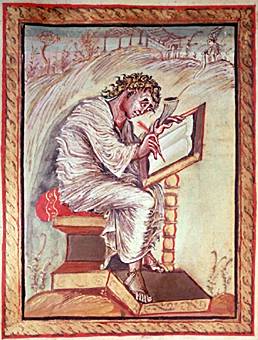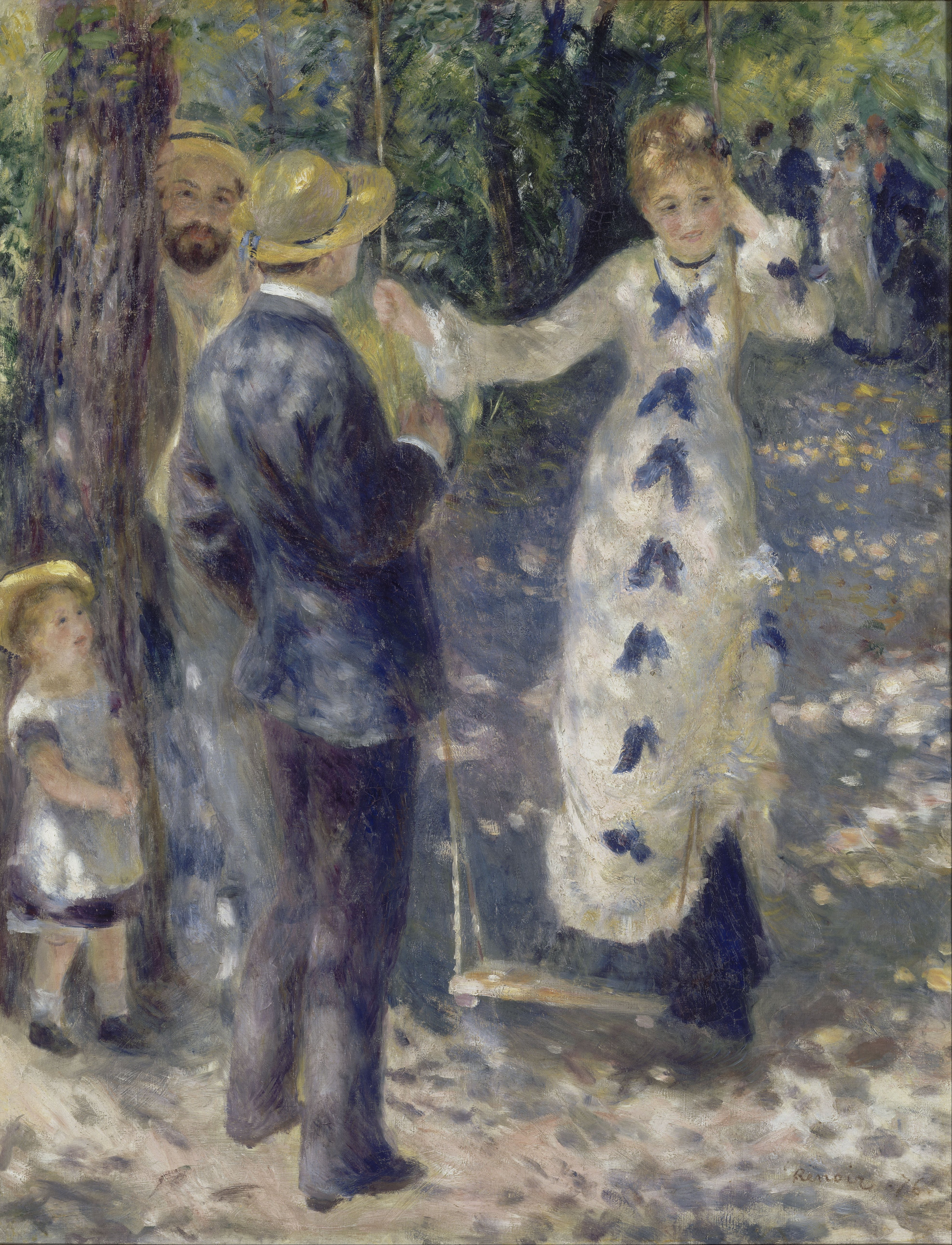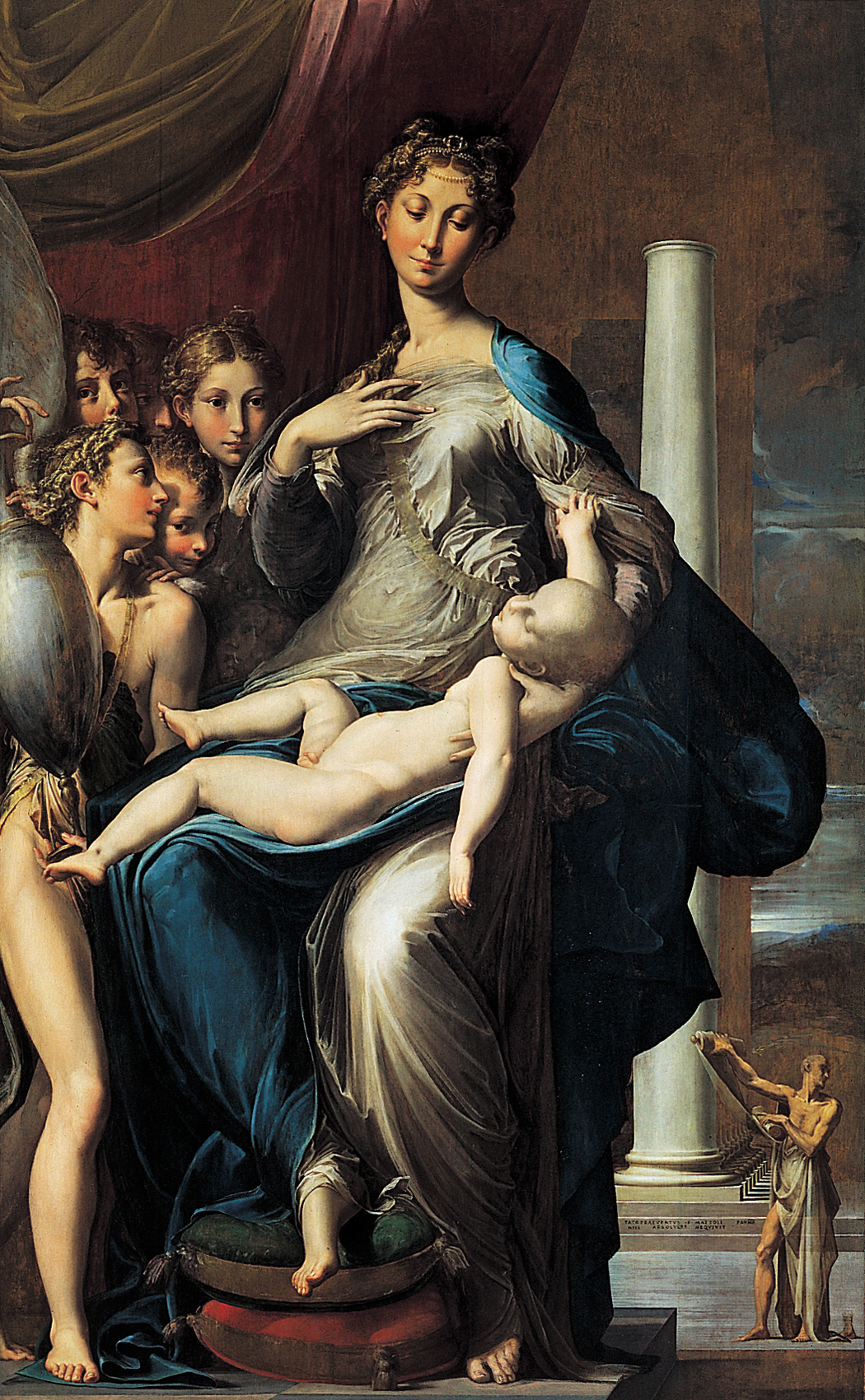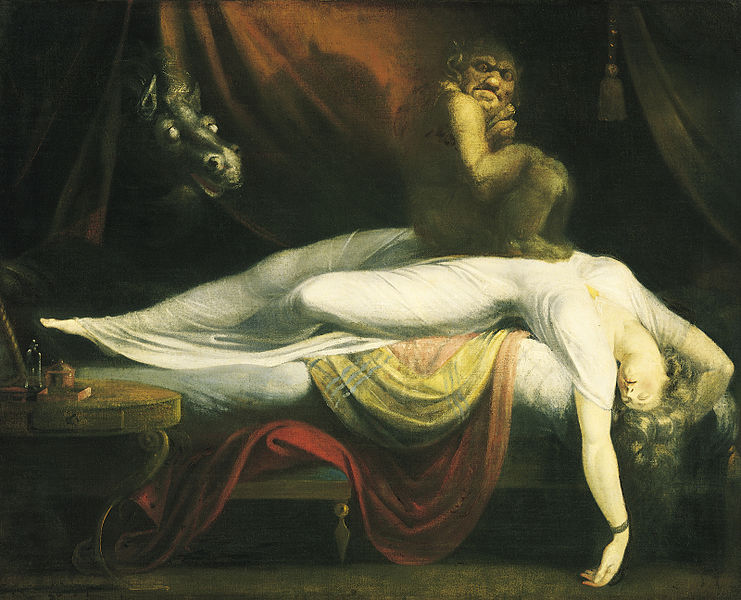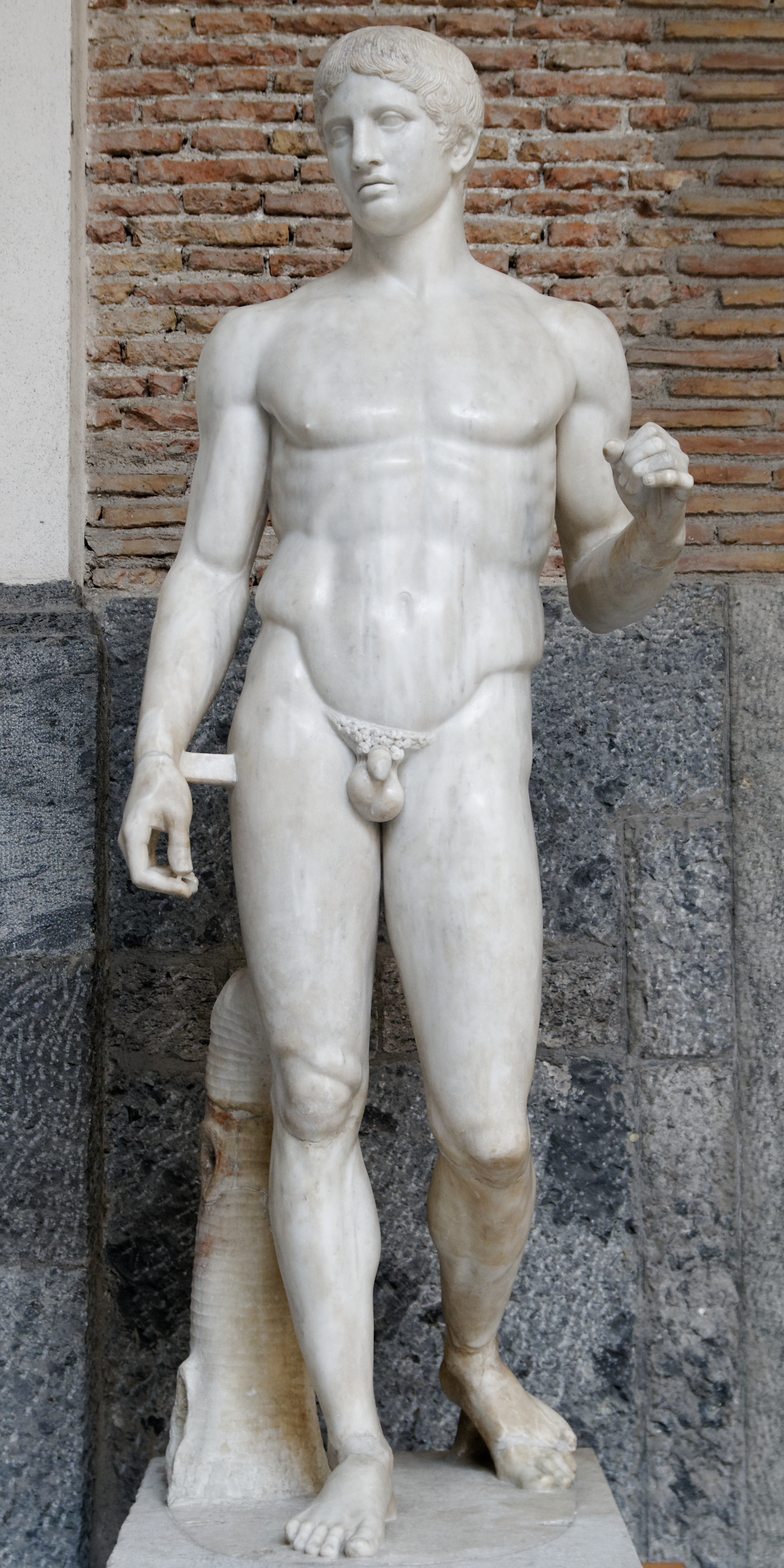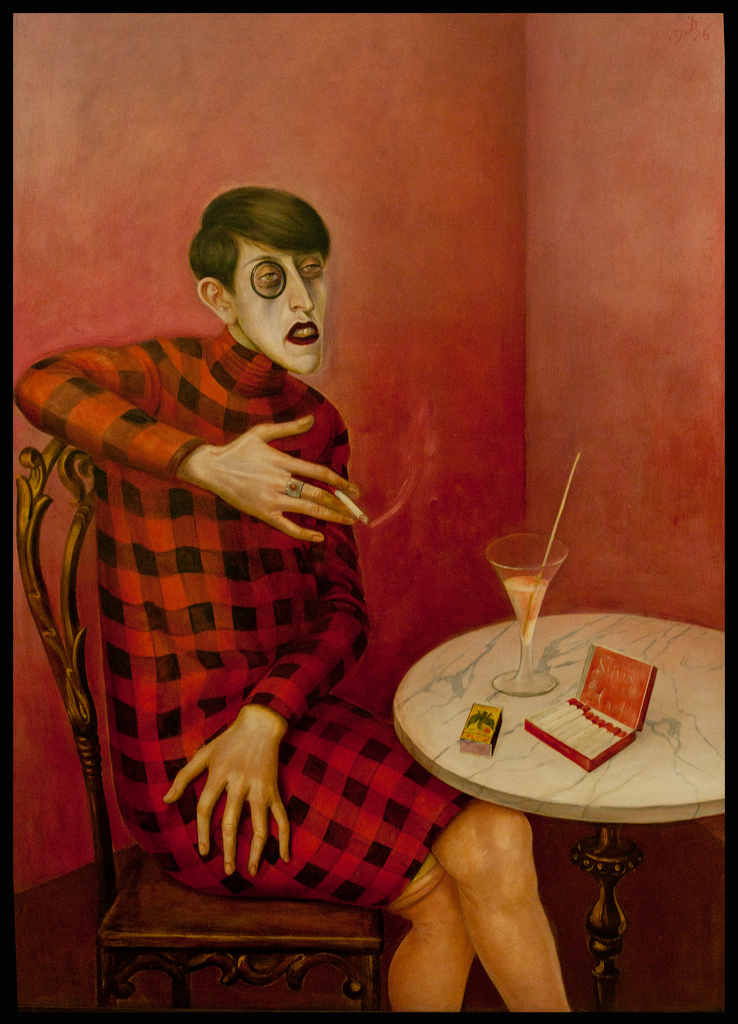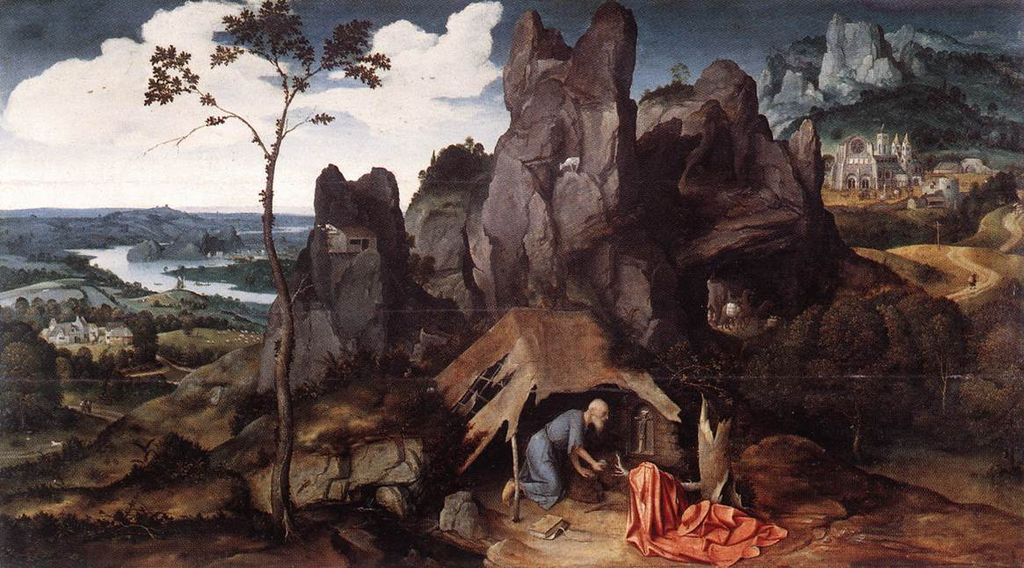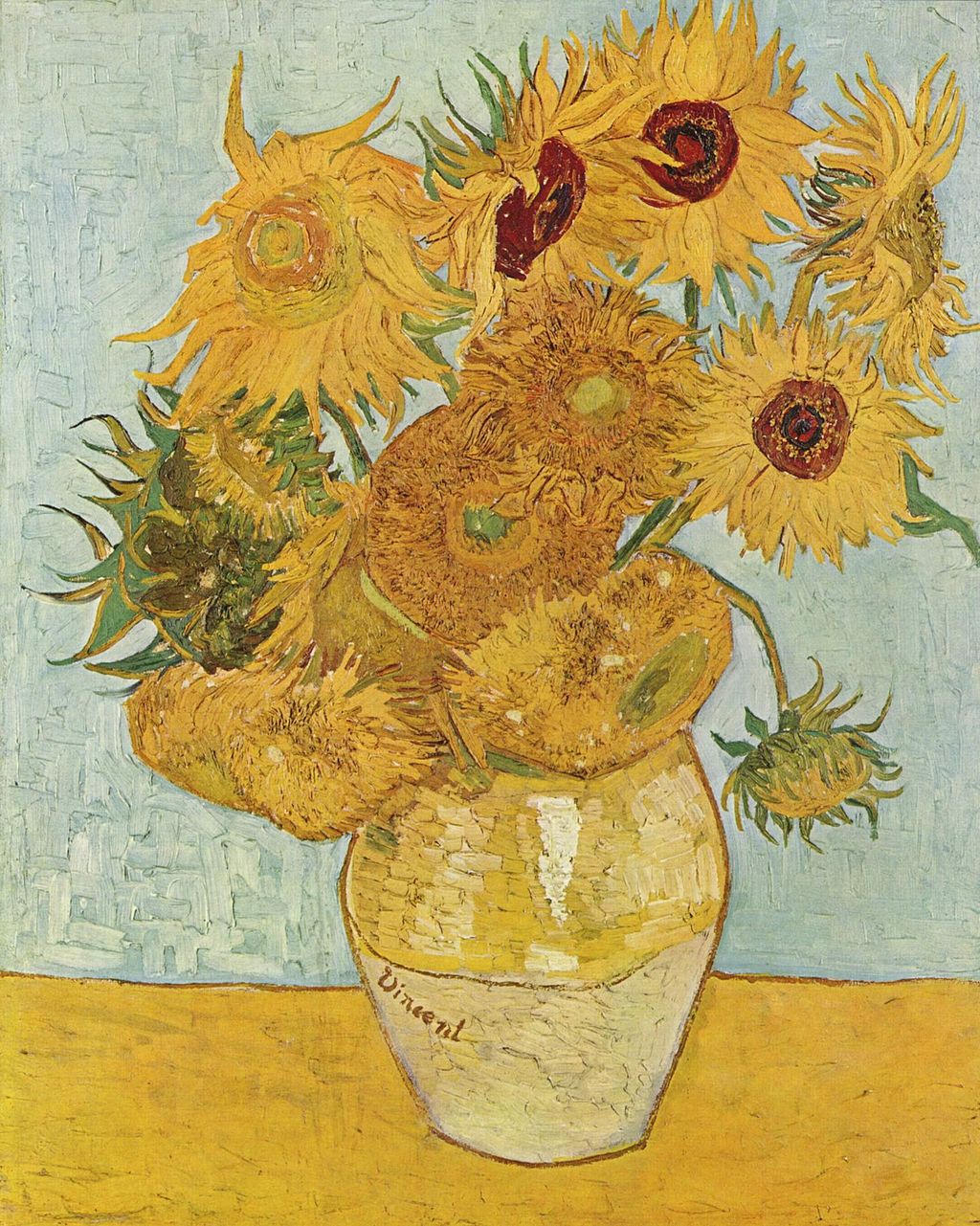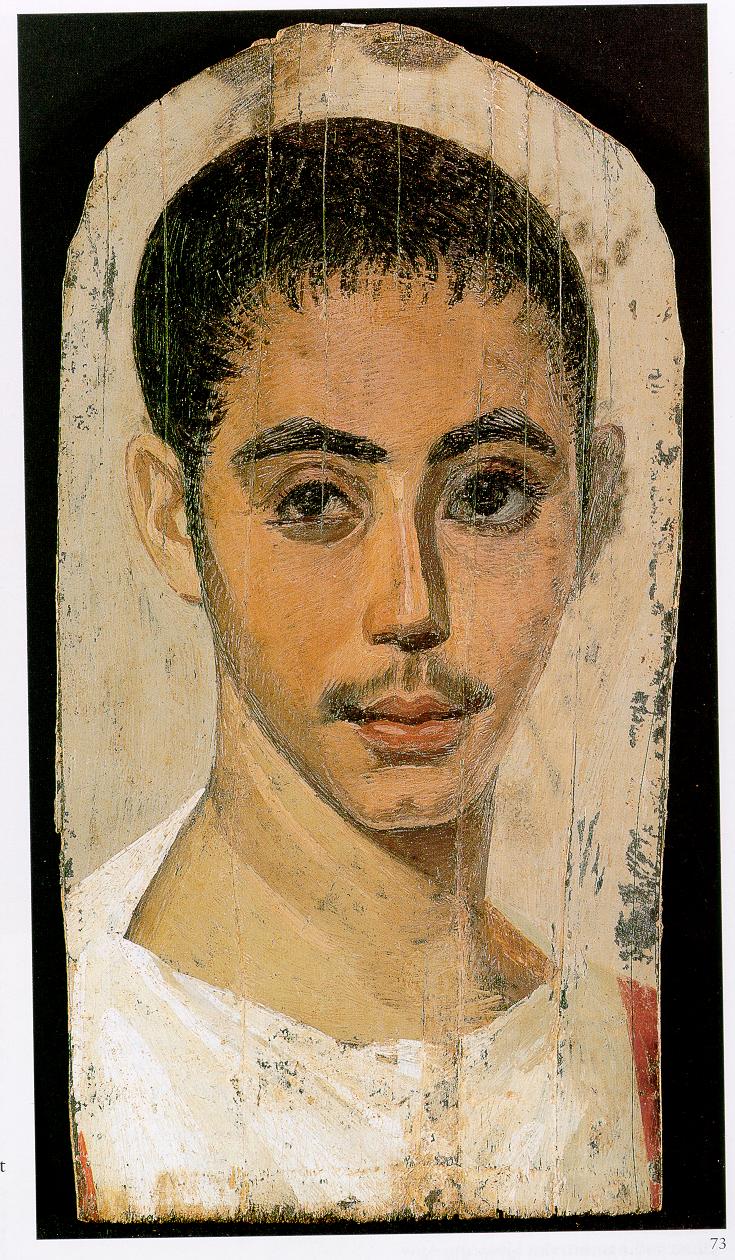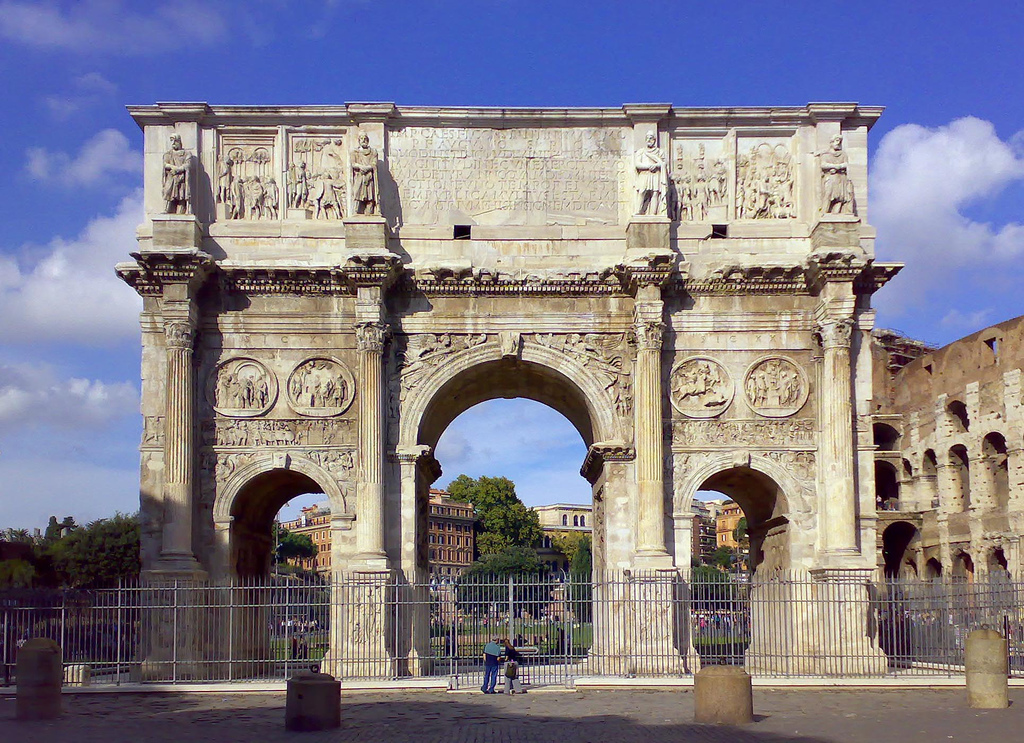The Temple of Solomon has great significance in Jewish history since it was the first Jewish temple constructed in Jerusalem. Built by Salomon, King of the Israelites, in the 10th century BCE on the Temple Mount, it housed the Ark … Continue reading
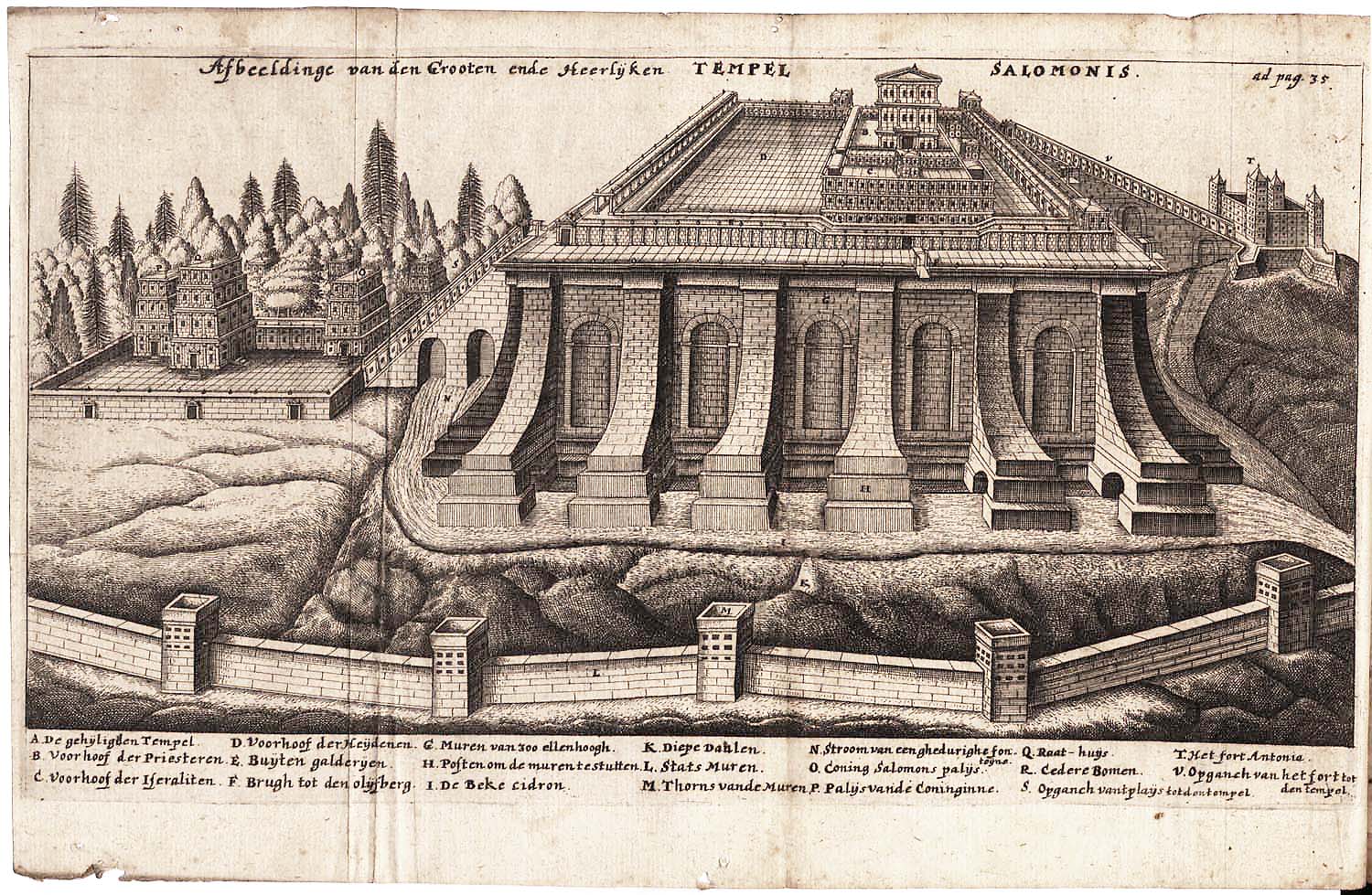 Engraving of De templo Hierosolymitano from Jacob Judah Leon’s book on the subject, published by Johannes Saubertus (Latin Edition), Helmstadt, 1665, engraving, 6.1” x 4.3”, this artwork is in the public domain.
Engraving of De templo Hierosolymitano from Jacob Judah Leon’s book on the subject, published by Johannes Saubertus (Latin Edition), Helmstadt, 1665, engraving, 6.1” x 4.3”, this artwork is in the public domain.

